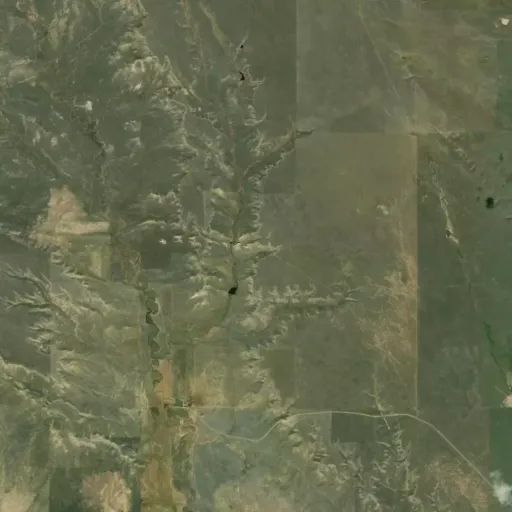The following are the Lake Mason National Wildlife Refuge units:
Lake Unit contains a 1,220-acre wetland - Lake Mason, and totals in excess of 6,216-acres in size. It hosts spectacular numbers of waterfowl and wading birds. During periods of dryness, exposed mudflats on the lake provide increased opportunities for shorebirds to feed. Mixed-grass prairie and shrublands make up most of the uplands around the lake. Several fields farmed prior to acquisition by the Service have been seeded to a dense nesting cover mixture of grasses and legumes for wildlife.
The prairie dog town located within the unit provides critical habitat for burrowing owls, horned larks, killdeer, thick-billed longspur, and mountain plovers, a Montana species of concern.
*The southern portion of this Refuge unit is open to hunting, wildlife observation, and wildlife photography. The northern portion of this Refuge unit is designated as permanent refugia for wildlife and is thus closed to all public entry and hunting.
Willow Creek Unit is 1,976-acres in size and is primarily comprised of intact native short-grass prairie with sagebrush occurring along the southern boundary. This undisturbed short and sporadic mixed-grass prairie also contains abundant woody shrubs such as winterfat and saltbush. Pronghorn and mule deer are present in this unit, as well as occasional elk. Prairie dogs are also present and can provide critical habitat for occasional mountain plovers – a Montana bird species of concern. Similarly, western meadowlarks, along with other birds of state conservation concern such as the long-billed curlew, chestnut-colored longspur, and thick-billed longspur may also be found here. Their songs in spring and summer add to the intrinsic value of this Refuge unit. This Refuge unit is open to hunting, wildlife observation, and wildlife photography.
A cultural inventory of this unit revealed evidence of prehistoric occupation associated with buffalo hunts. During the late 1910s, most of the land in this area was homesteaded. Homesteaders earned their living raising livestock and grain until the Great Depression forced many to leave their land. Land ownership then reverted back to the government.
North Unit is 5,397-acres in size and is a large southern facing drainage basin having many coulees that contain a variety of native plants and grasses providing excellent habitat for small mammals, birds, and other wildlife. Mule deer, pronghorn and elk reside in the area. The sweeping grasslands interspersed with sagebrush in some areas of the North Unit are of particular importance to grassland nesting birds such as meadowlarks, bobolinks, Sprague’s pipits, greater sage-grouse, and Baird’s sparrows. This Refuge unit is open to hunting, wildlife observation, and wildlife photography.

